Microsoft’s recent announcement of the next-generation Windows 11 OS has created a buzz in the tech community. The latest Microsoft Windows 11 update is reported to deliver significant performance enhancements, outshining the current Windows 10 OS in efficiency and speed. According to in-depth analyses by HotHardware, the newly optimized Windows 11 architecture contributes to a dramatic boost in system performance.
Microsoft Windows 11 Improvements
Experts highlight that Windows 11 introduces advanced prioritization of apps and processes. Thus, ensuring that foreground tasks receive more system resources for smoother operation. The Snap Assist feature has been refined to allow users to focus better on their screens.
-
Sleeping Tabs
Additionally, sleeping tabs help conserve resources, allowing inactive tabs to go dark, thus freeing up memory. The quick resume feature from sleep mode is another notable improvement, enabling PCs to wake up instantly while maintaining RAM energization for faster processing of threads.
-
Extended Support for Windows 11 Enterprise and Education
The Windows 11 servicing model has also seen improvements, with updates being delivered once per year, and also extend support for Enterprise and Education versions for 36 months. These enhancements are designed to integrate seamlessly with existing IT management tools and processes, making the transition to Windows 11 smooth for organizations.
Furthermore, the Windows 11 hardware requirements have been established to ensure compatibility and optimal performance. Microsoft’s commitment to a Zero Trust security model and a hybrid work environment is evident in these updates, aiming to provide a secure and efficient OS for both users and IT administrators.
Microsoft Windows 11 Benchmark Test
In a recent benchmark test, the Samsung Galaxy Book S with an Intel i7 processor was put to the test against the latest Microsoft Windows 11 OS (version 21996.1). This device, originally running on Windows 10 with the May 2021 update, demonstrated the superior optimization of Windows 11. The test results indicated that Windows 11 provides a significant performance boost compared to its predecessor. The latest Windows architecture is design in such a way that it provides users with a big performance boost.
-
Samsung Galaxy Book S on Benchmark Test
The Samsung Galaxy Book S laptop offers sleek design and powerful performance. Thus, making it a popular choice for professionals and tech enthusiasts alike. With the introduction of Windows 11, users can expect an even more responsive and efficient experience. The new Windows architecture is specifically designed to enhance user productivity and system responsiveness.
Windows 11 brings to the table improved multitasking capabilities with better management of system resources. The enhanced design and user interface offer a more intuitive and seamless interaction, which is particularly beneficial for those who rely on their devices for work and creative projects. The optimized system processes ensure that the device runs smoothly, even when handling demanding applications.
Moreover, the Samsung Galaxy Book S’s performance under Windows 11 highlights the compatibility and potential of the Intel i7 processor when paired with an advanced operating system. This combination promises to deliver a powerful computing experience that can handle a variety of tasks with ease. Overall, the Samsung Galaxy Book S’s test results serve as a testament to the efficiency and power of Windows 11, making it a compelling upgrade for users seeking to maximize their device’s potential.
Microsoft Windows 11 Benchmark Test results
Building on the initial findings, Windows 11 has demonstrated its prowess in comprehensive performance tests. The GeekBench 5.0 multi-core score of 1801 for Windows 11 is a testament to its enhanced multi-threading capabilities. This is a significant step up from Windows 10’s score of 1707. In the realm of single-core performance, Windows 11 maintains its lead with a score of 895, edging out Windows 10’s 875.
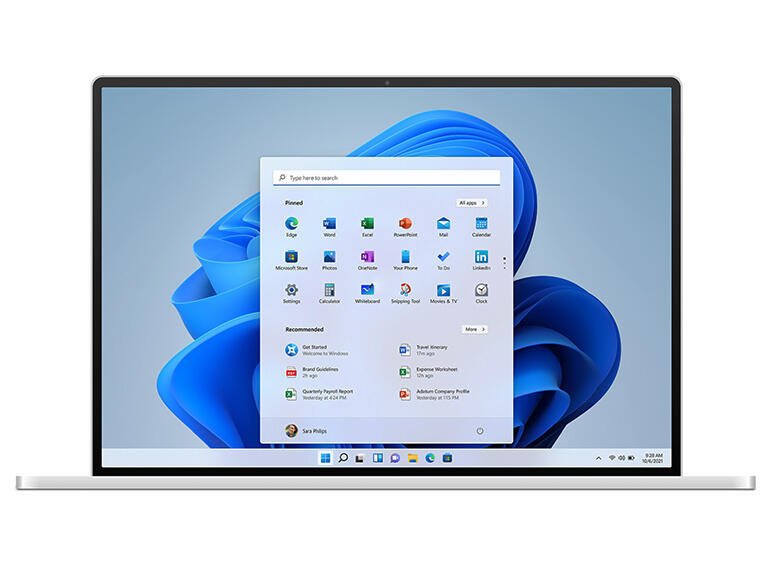
-
Web Application Benchmark
The Web Application benchmark further solidifies Windows 11’s dominance with a score of 84.6, showcasing its ability to handle web-based tasks more efficiently than Windows 10, which scored 76.3. These scores are indicative of the optimized browser performance and improved resource management in Windows 11.
-
3D Rendering Test
In addition to these benchmarks, Windows 11 has shown superior results in various other performance tests. The 3D rendering test reflects Windows 11’s advanced graphical processing, making it ideal for high-end gaming and professional graphics work. The system productivity test measures the operating system’s ability to manage and execute day-to-day tasks, where Windows 11 again outperforms its predecessor.
-
3D Mark Raid Test
Lastly, the 3D Mark Night Raid test helps to evaluate the gaming capabilities of a system, and Windows 11’s higher score suggests a better gaming experience. These comprehensive tests underscore Windows 11’s improvements in system efficiency, application prioritization, and resource allocation. The operating system has been fine-tuned to provide a seamless user experience, whether it’s for professional use, content creation, or entertainment purposes.
Recent benchmarking reports indicate that Microsoft Windows 11 has shown improved scores, attributed to enhanced optimization techniques. The tests conducted on devices powered by the Lakefield chipset have demonstrated this advantage. Devices equipped with Alder Lake chips are also likely to exhibit similar performance gains.
It’s important to note that these evaluations were performed on a pre-launch, unstable version of Windows 11. Therefore, the final build’s performance may vary, potentially showing even more optimization once the operating system’s drivers are fully refined. Despite this, the preliminary results are promising, suggesting a notable performance boost with the upcoming Windows 11 OS.
Microsoft Windows 11 new design
The Windows 11 launch event showcased a radical design transformation, positioning it as the most secure release in the Windows lineage. The OS introduces a novel snap layout, empowering users with customizable workspace options to cater to diverse needs such as work, personal activities, and gaming. This flexibility allows to elevating productivity across various user scenarios.
-
Simplified Start Menu and Taskbar
Windows 11’s new design is not just about aesthetics; it’s about functionality. The Start menu has been simplified, making it more intuitive and user-friendly. The Taskbar has been centered to provide a cleaner look and quicker access to apps and files. Moreover, the virtual desktops feature has been enhanced. Thus, allowing users to create separate desktops for each aspect of their lives, easily switchable for improved organization and focus.
-
Microsoft Store with wide range of apps
The Microsoft Store has been rebuilt to offer a more curated experience. It comes with a wider range of apps and easier discovery. Windows 11 also focuses on performance improvements, with features like DirectStorage. This helps for faster game loading times and Auto HDR for a superior visual experience in gaming.
For developers and creators, Windows 11 opens up new opportunities with a more open ecosystem. It allows for a broader range of app types and payment systems, giving developers more freedom and potential for innovation. Also Read – Windows 11 upgrade could be a free for Windows 7 and Windows 8.1 PCs
-
Microsoft Teams Integration
Expanding on the Microsoft Windows 11 launch event, the integration of Microsoft Teams directly into the new OS is a standout feature. This integration is designed to facilitate effortless and swift communication. Thus, enabling users to initiate chats and video calls directly from the taskbar.
The Teams integration is particularly significant for personal account users. Thus, offering a lightweight, signature experience that simplifies staying connected with friends and family. For work or school account users, a separate version of Teams is available, ensuring that professional collaboration remains uninterrupted.
-
Enhanced Touch Gesture
Windows 11 also introduces a suite of new widgets that provide at-a-glance information and enhanced touch gestures. These helps to improve the tablet experience, even when a keyboard is not attached. Furthermore, these features are part of Microsoft’s effort to create a more intuitive and touch-friendly user interface. Thus, catering to the evolving needs of tablet and 2-in-1 device users.
With these updates, Microsoft Windows 11 will redefine the overall user experience. Thus, emphasizing productivity, connectivity, and ease of use across devices. The operating system’s adaptability to different modes of use, whether it be for work, personal communication, or entertainment. All these features showcases Microsoft’s commitment to versatility and user-centric design.
Additionally, Windows 11 can deliver some top-class gaming experience. It also brings superior auto HDR graphics, faster game load, and much more. One of the best additions will be the announcement for Android apps coming on Windows 11 along with Microsoft Store. The Redmond based tech giant is yet to announce the official launch date for Windows 11.



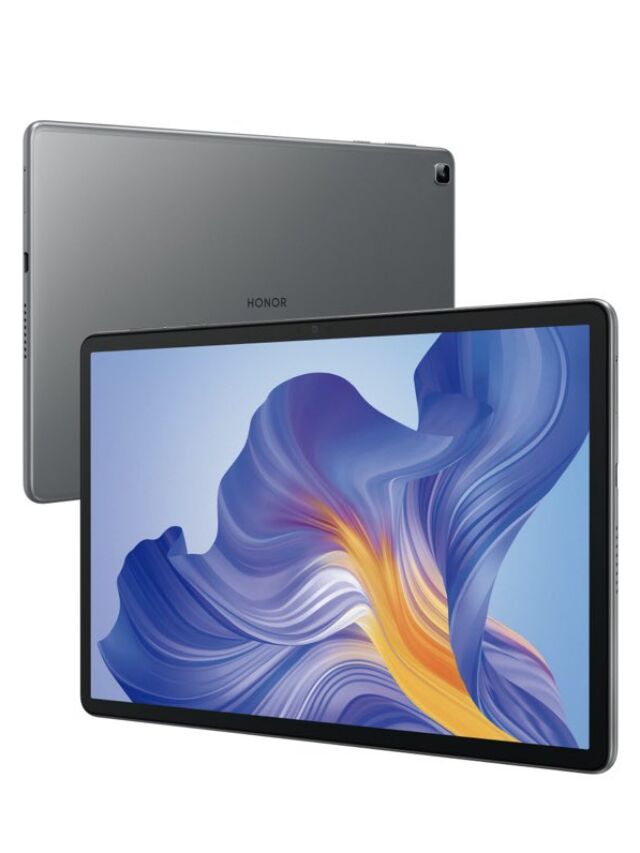

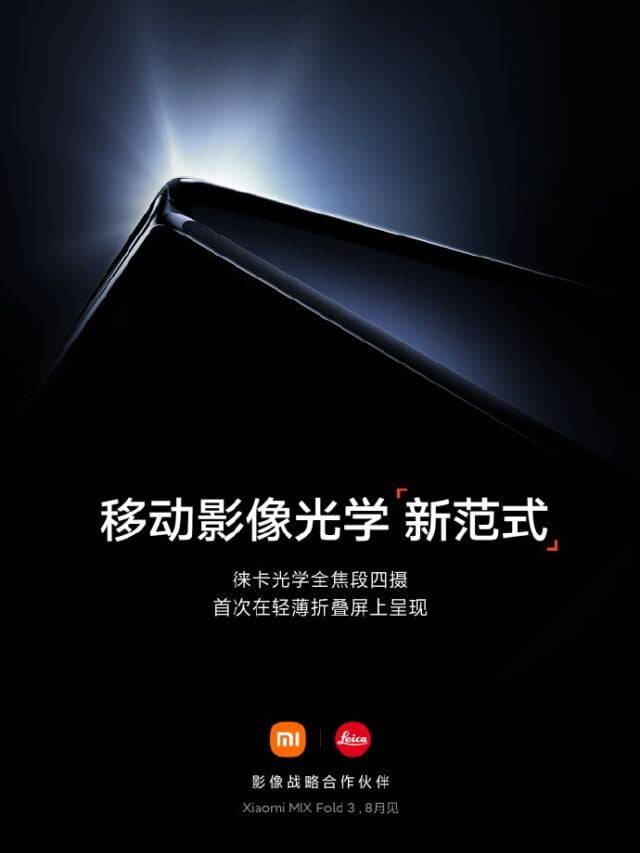

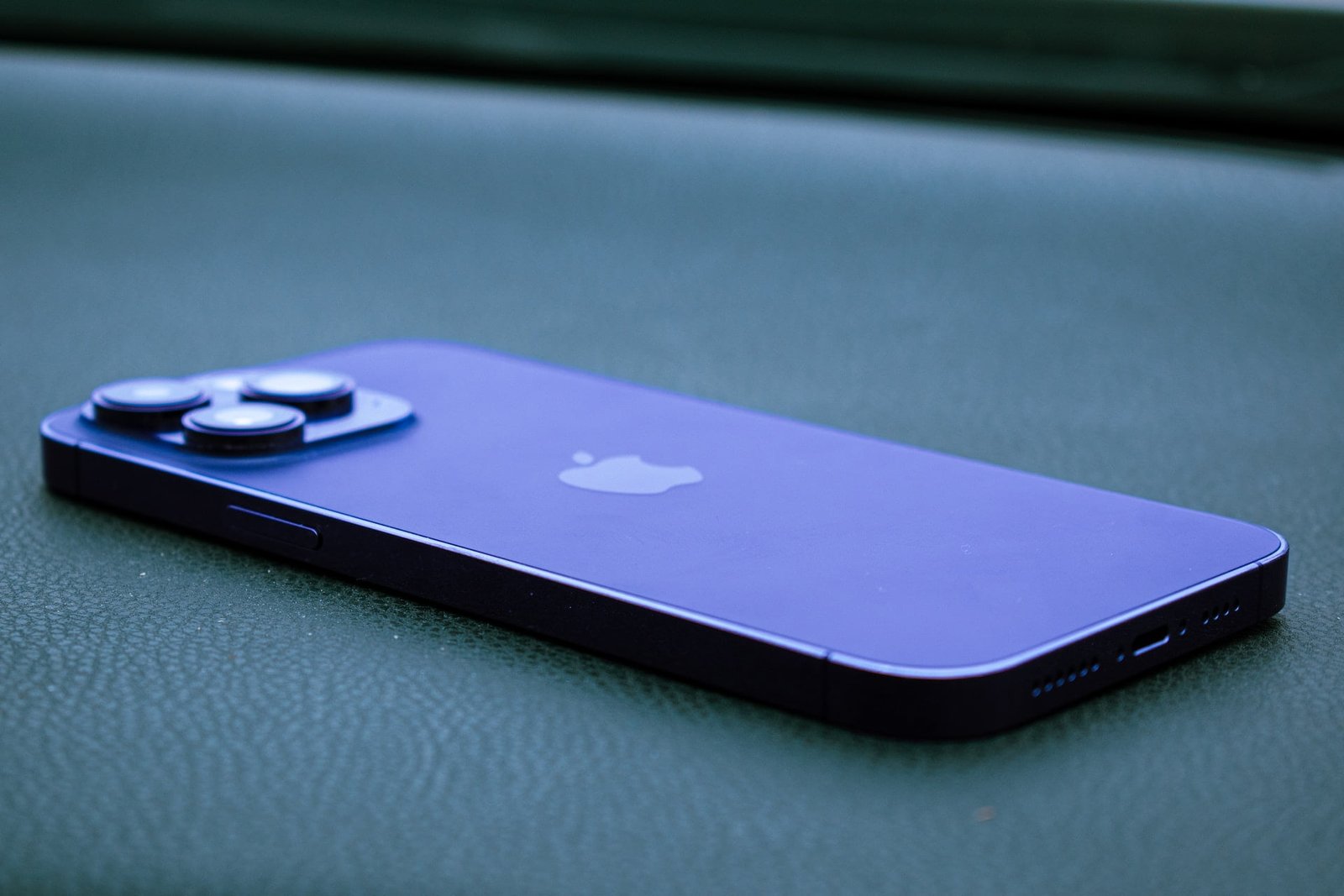

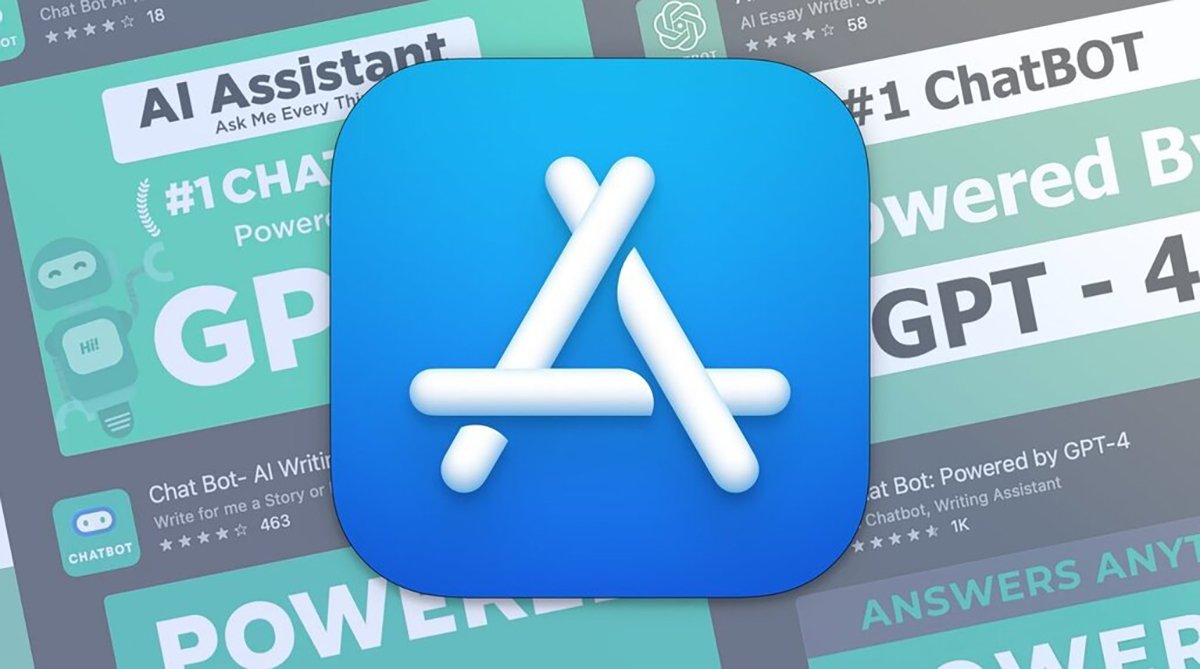
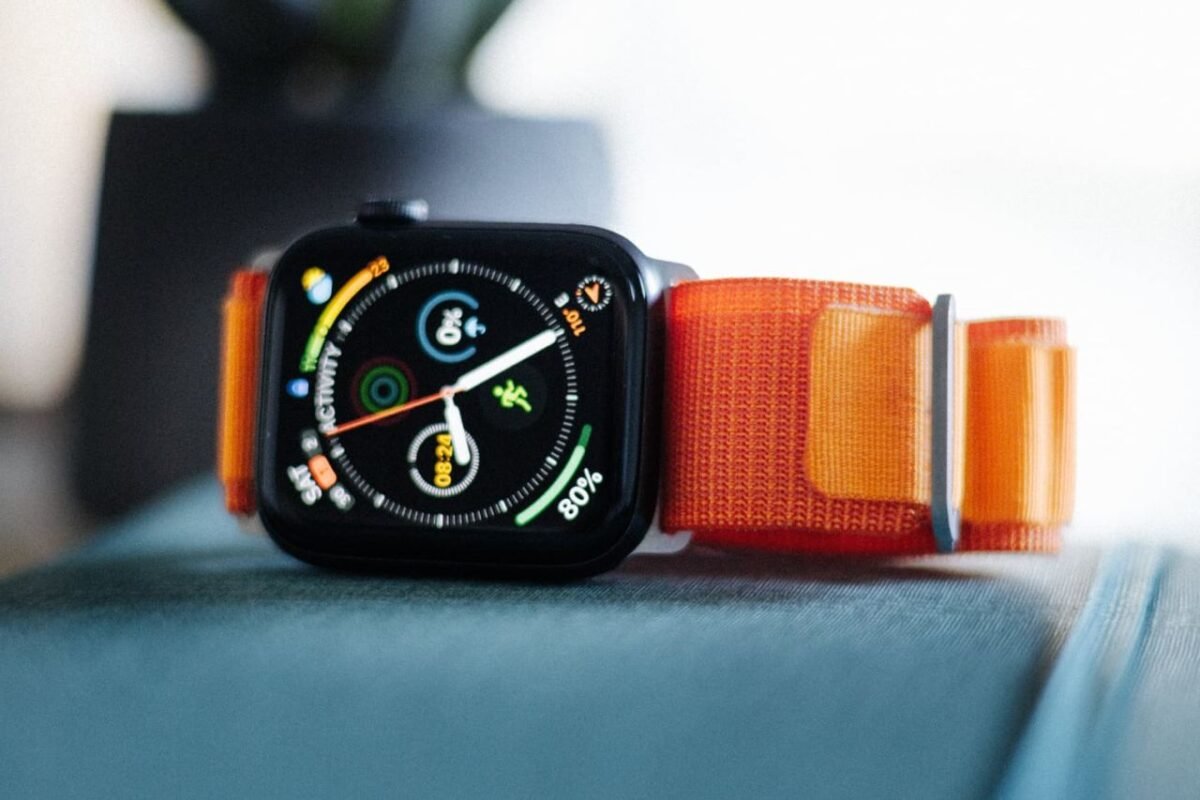
2 thoughts on “Microsoft Windows 11 beats Windows 10 in benchmark tests running on Intel chipset”